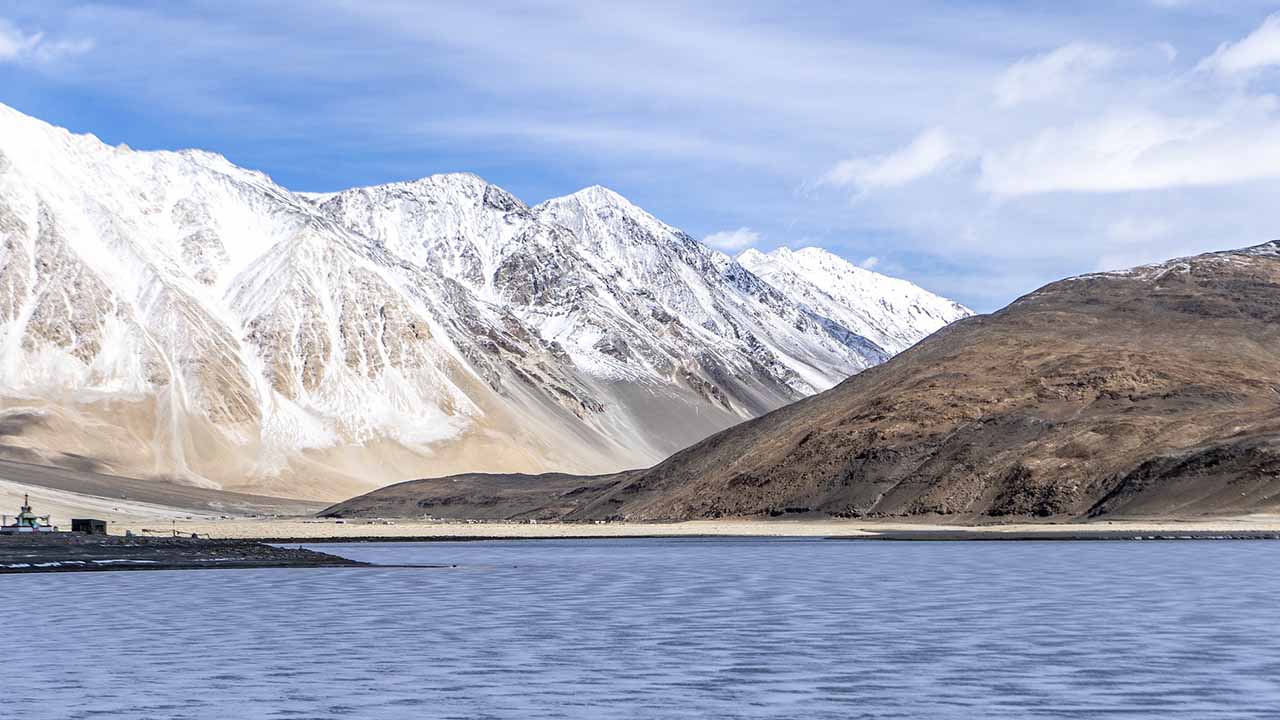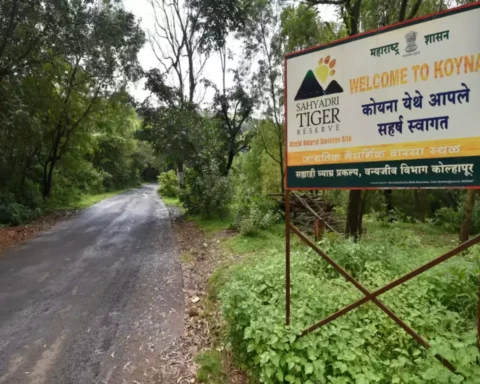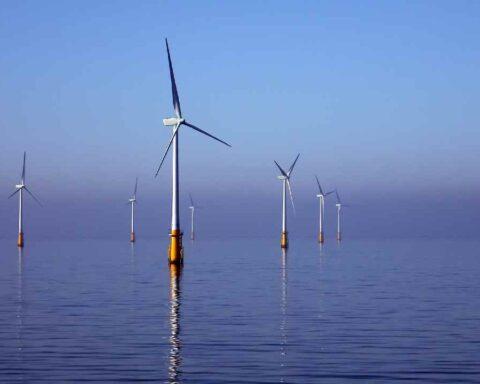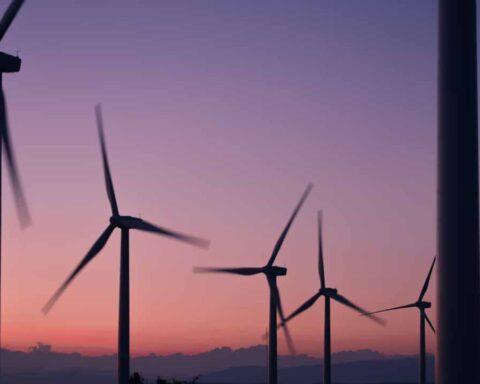Ladakh, Jammu and Kashmir, Himachal Pradesh and Uttarakhand are likely to witness an increase in high temperature over periods of 2030, 2050 and 2085, says a study was done by the Forest Survey of India (FSI) in collaboration with the Birla Institute of Technology and Science (BITS) Pilani, Goa campus.
The collaborative study, Mapping of Climate Change Hotspots in Indian Forests was carried out with the objective to map climatic hotspots over the forest cover in India using computer model-based projection of temperature and rainfall data, for the future time periods i.e. years 2030, 2050 and 2085.
By analysing scenarios in the study periods, that is 2030, 2050, 2085, it has been observed that Ladakh, Jammu Kashmir, Himachal Pradesh and Uttarakhand are projected to witness a high-temperature increase, while Andaman and Nicobar Islands, West Bengal, Goa, Tamil Nadu and Andhra Pradesh are projected to witness the least temperature rise over these periods, the report released by Union Environment Minister Bhupender Yadav said.
The report says, north-eastern states and Upper Malabar coast of India are projected to witness the highest rainfall increase, while part of north-eastern states, such as Arunachal Pradesh and Sikkim, north-western parts like Ladakh, Jammu and Kashmir, and Himachal Pradesh are projected to experience least increase and sometimes even decline in rainfall.
Mapping of climatic hotspots over the forest cover in India using computer model-based projection of temperature and rainfall data has been carried out for three future time periods, i.e., years 2030, 2050 and 2085. The period 2030 represents a near-term timeline that coincides with the global short-term climate action horizon. Period 2050 represents the mid-term timeline and coincides with global long-term climate action goals. The period 2085 represents a long-term time horizon, the report said.
An increase in levels of greenhouse gases, including carbon dioxide, in the atmosphere, is leading to a steady increase in mean global atmospheric temperatures. Such rise in temperature is affecting natural phenomena such as precipitation and impacting ecosystems and essentially biological processes that are important for survival of life on the planet, the report said, adding that climate change negatively impacts weather patterns, which have a cascading effect on farming and public health.





























